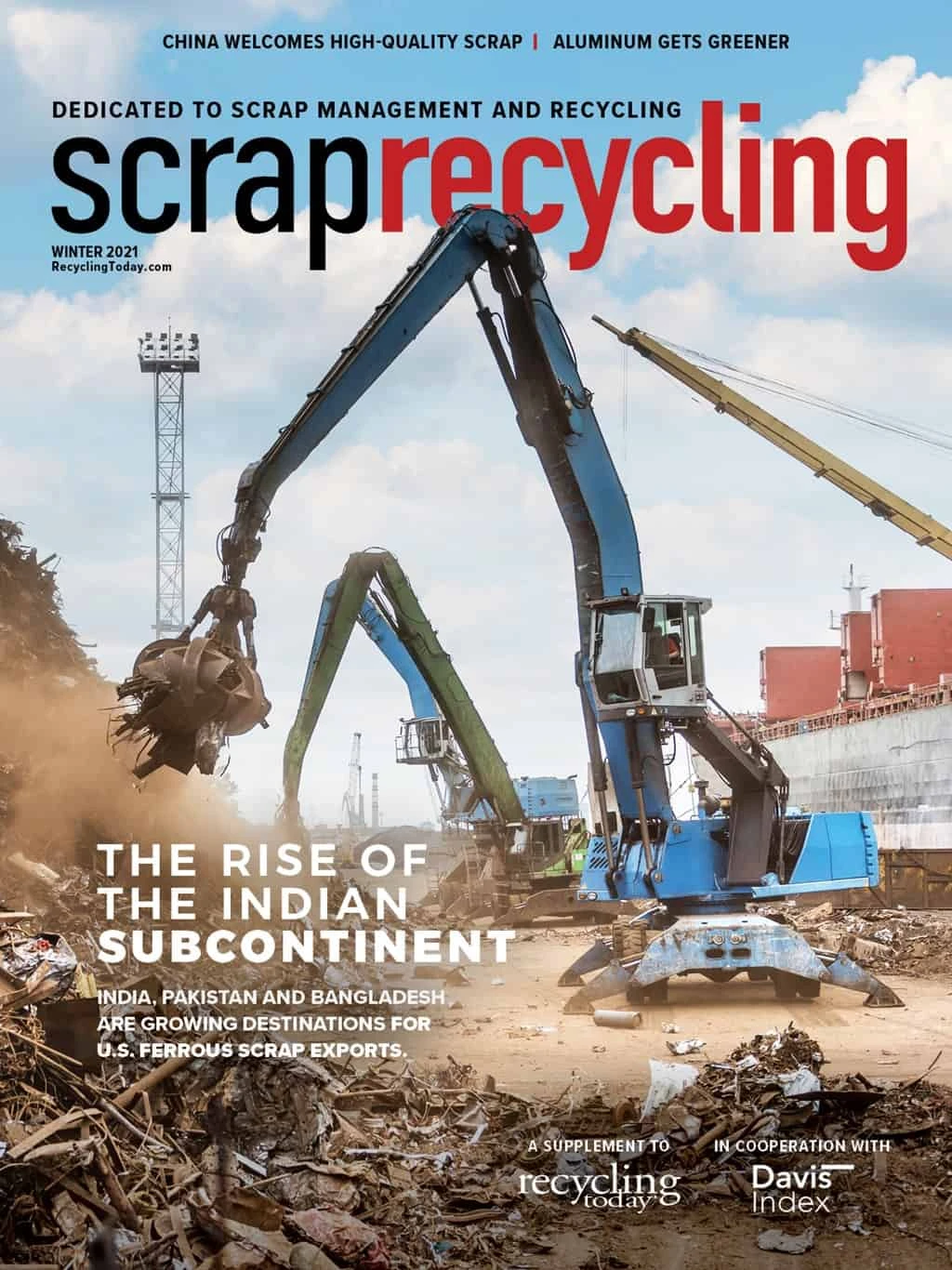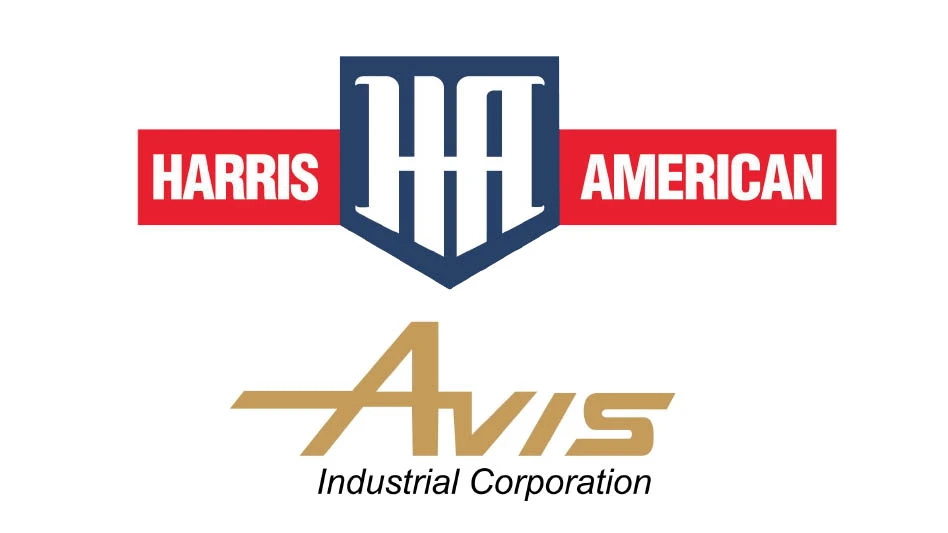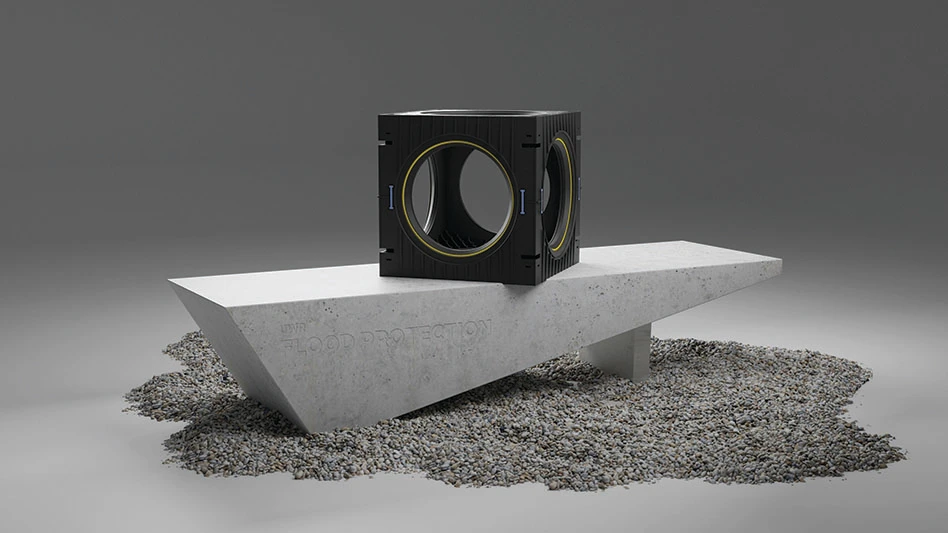
The COVID-19 pandemic has deeply affected the way the metals industry works. The two-month shutdown in the second quarter of 2020 weakened demand considerably. Just as things began to look up for the industry after manufacturers and the automotive sector resumed operations in June, the steel industry, which already was reeling financially and in terms of trade volumes, was dealt another blow. The three largest credit insurance companies, Atradius, Coface and Euler Hermes, slashed financial limits, saying they would require more coverage acceptance. This exacerbated the headwinds, especially for smaller players.
A catch-22 situation
Demand for ferrous and nonferrous metals and scrap surged through Q3 of 2020, with many small and big companies alike looking to finish the year with stronger-than-expected order books. Yet, the issue with credit insurance continues to impede the progress of smaller companies, including steelmakers, foundries, smelters and scrap dealers. These smaller players, especially, have experienced poor results primarily in light of reduced volumes. With reduced or no credit insurance, their financial dilemma has had a cascading effect throughout the supply chain.
Big steel companies such as Nucor, Big River Steel and Steel Dynamics Inc. have weathered this challenge better than many of the smaller companies, industry sources say. For companies that are deeply integrated into the automotive supply chain, the credit insurance issue has been lessened. But, for others, credit insurance has been reduced to minimum levels or canceled altogether until insurers are satisfied that they will be able to pay up.
Therefore, a combination of poor financial results along with anticipatory challenges throughout the industry has created a difficult credit insurance market for most companies.
Hedging their bets
For suppliers, the challenging credit insurance market has created a dearth in the number of covered clients, which, in turn, has forced them to look elsewhere to sell their volumes. An industry source reveals that coverage has shrunk to levels where it is difficult to do business unless the buyer pays upfront, forcing suppliers to hedge either through discounts or other incentives. Some market participants admit to giving discounts to ensure they are paid fully on delivery. These discounts must be factored into the cost of the material they are selling, which means many suppliers are now being faced with the difficult choice between eroding profitability immediately or accumulating bad debts in the long term.
On the purchasing side, some buyers also are offering premiums to their suppliers to entice them to sell into companies for which credit insurance is unavailable. Suppliers, however, are hedging their bets and opting for such offers only if the facility is close enough for the supplier to have a face-to-face negotiation. In general, suppliers are avoiding such deals with companies they must export to or those that are far away, even if they are within the U.S.
Adding risks
For many steelmakers and ferrous scrap suppliers, the credit struggle poses the risk of steel imports increasing. The American Iron and Steel Institute, Washington, reported steel import permits at 1.64 million tons in October 2020. While this number was flat from the previous month, it reflected a 30.8 percent increase from actual imports in September 2019. With credit insurance challenges remaining, sources say they expect this volume to increase.
For many suppliers on the nonferrous side, the surging London Metal Exchange (LME) and COMEX markets are not helping matters, either, as prices for aluminum, zinc and copper continue to rise. COMEX copper reached its annual high of $3.20 per pound three times in a span of two months and has remained at that level as of early December of last year. The LME zinc market also breached its June 2019 high the week of Nov. 13, 2020, reaching $1.21 per pound. Aluminum also rose steadily in November, with the official three-month LME contract hitting a high of $1,995 per metric ton Nov. 20.
Sources note the reduction in client coverages, which makes protecting their sales—a critically important risk- mitigation tool—even more challenging. The rising LME and COMEX markets are further eroding buyers’ overall credit coverage, making sales difficult.
Looking ahead
The industry believes the status quo will remain at least until the second quarter of 2021. While improving demand and a robust export market on the ferrous side have alleviated some of the challenges that were faced by the smaller players, sources still are waiting for steelmaking capacities in the U.S. to reach their prepandemic levels of 79 to 80 percent before they breathe more easily.
A market participant notes that green shoots already are visible as infrastructure and construction spending around the world improves and, therefore, increases demand for steel products. Stronger order books, in turn, are helping companies to return to financial stability, which is key to improved credit insurance coverage.
Demand on the nonferrous side, especially in the copper market, has remained tepid; but, even here, suppliers and consumers say they are hopeful for improved demand and financial results across the supply chain, which would improve credit insurance.

Explore the Winter 2021 Scrap Recycling Issue
Check out more from this issue and find your next story to read.
Latest from Recycling Today
- Enfinite forms Hazardous & Specialty Waste Management Council
- Combined DRS, EPR legislation introduced in Rhode Island
- Eureka Recycling starts up newly upgraded MRF
- Reconomy Close the Gap campaign highlights need for circularity
- Nickel carbonate added to Aqua Metals’ portfolio
- EuRIC, FEAD say End-Of-Life Vehicle Regulation presents opportunity for recyclers
- Recyclers likely to feel effects of US-China trade war
- BCMRC 2025 session preview: Navigating battery recycling legislation and regulations





